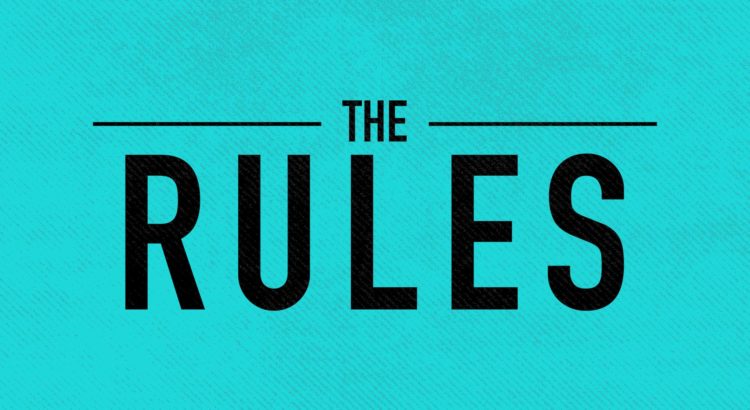The modern day crowdfunding began in 1976. Dr. Mohommad Yunus started it in Bangladesh. The year 1997 say the first successful crowdfunding project. This makes it quite an old concept. But until the recent times, crowdfunding rules have not been given much importance.Since there were just a few people involved in it, there wasn’t much chaos.
But after it has gained some good popularity, there have been some frauds, issues, etc. arising. Thus, the government decided to lay out some basic crowdfunding rules. Since the system is quite new, the rules are being changed frequently. The recent crowdfunding rules and their impacts are as follows.
Since there were just a few people involved in it, there wasn’t much chaos. But after it has gained some good popularity, there have been some frauds, issues, etc. arising. Thus, the government decided to lay out some basic crowdfunding rules. Since the system is quite new, the rules are being changed frequently. The recent crowdfunding rules and their impacts are as follows.
#According to the JOBS Act, a company can raise up to $1 million with the Title III of equity crowdfunding.
The people involved with crowdfunding in any and every manner were hoping that the new crowdfunding rules would allow a campaign to raise $5 million. But the laws ended up to fix the limit at $1 million. However, there is an alternative for people wishing to raise money more than $1 million. They can go for Regulation A+ mini – IPO.
#The law regarding limit of investment says:
The law limits all the investors to (a) the greater one of $2,000 or 5% of their annual income or total worth, only if either the investor’s annual income or the total worth is lesser than $100k and (b) 10 % of the lesser of investor’s annual income or net worth, only if the investor’s annual income and total worth are equal to or greater than $100k.
In either case, a person can invest only a sum of $100,000 a year. The crowdfunding rules have limited the investors to a certain amount. This can prove to be negative for entrepreneurs.
#’All-or-nothing’ Law.
According to the new crowdfunding rules, any business using equity crowdfunding has to follow the ‘All-or-nothing’ model. This means that the company has to fix a target before starting the campaign. If they are not able to reach that target, then they cannot keep any of the money collected. Even the costs borne for the campaign, have to be taken from the pocket of the entrepreneur. This law would ensure that people set a realistic and achievable goal for their campaign.
#The Law informing about the details to be disclosed.
For every crowdfunding campaign, the entrepreneurs have to disclose some information to the people as well as to the Securities and Exchange Commission (SEC). The new crowdfunding rules have given a set of information that has to be disclosed mandatorily.
It includes the price of the securities, the method for determining the price, the target amount, the deadline set to reach the target and whether or not the company will accept investments in excess of the target. The companies even have to disclose the company’s financial condition, a description of the business and the specific use of proceeds from the offering, the information about officers and directors and owners of 20 percent or more of the company and annual financial statements.
